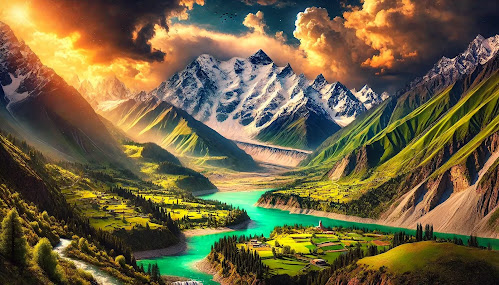Search This Blog
Digital Diaries 📊💻
"Welcome to Digital Diaries 📚💻! A space where I share my thoughts, experiences, and knowledge on technology, lifestyle, and self-improvement. 🤓💡"
Posts
Latest Posts
10 Healthy Meal Prep Ideas for a Balanced Diet
- Get link
- X
- Other Apps










